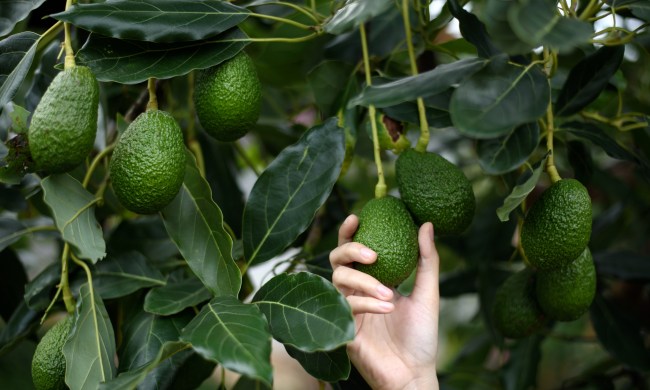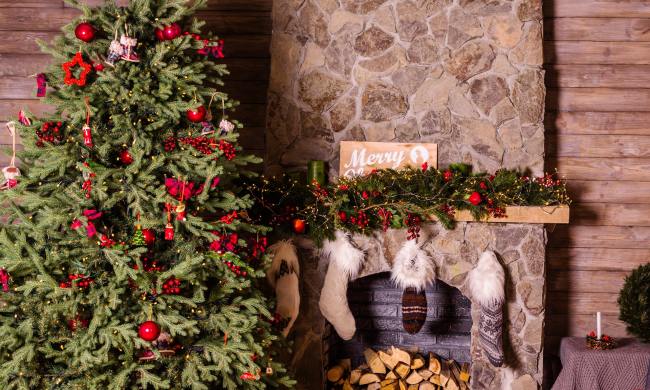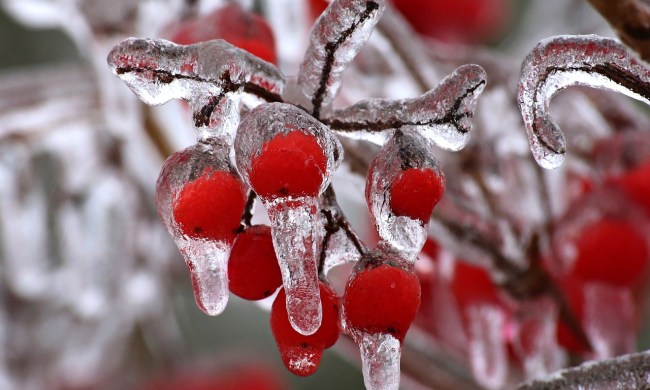One part of the country that many gardeners envy is climate zone 10, a warm sanctuary for a variety of plants, thanks to its very long growing seasons and mild winters. Made up of the southernmost parts of the country, this region has a climate that’s ideal for multiple rounds of harvests. While it has specific challenges with blisteringly hot summers, it’s an overall welcoming environment for plant life. Below, we’ve rounded up everything you need to know about zone 10 and all the plants that you can grow in it.
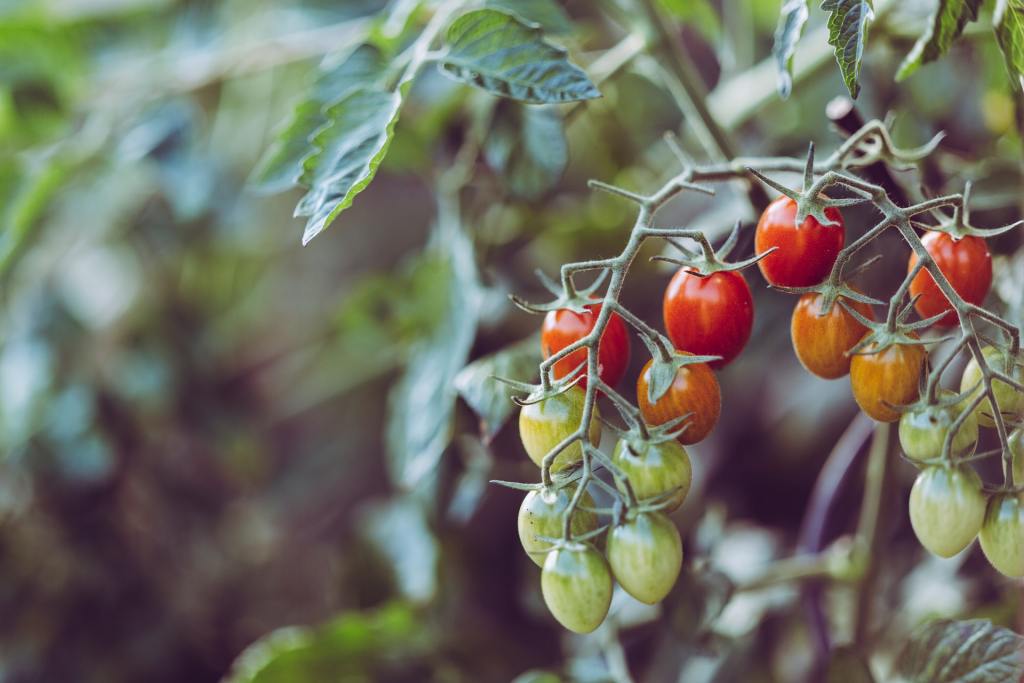
Where is climate zone 10?
Before we get into the specifics of climate zone 10, let’s talk about the USDA Plant Hardiness Zone Map. When shopping for plants, you may see labels indicating a zone range — that basically tells you where the plant will be hardy for more than just one growing season. Essentially, the United States Department of Agriculture has divided the country into 13 regions, or climate zones, based on annual minimum temperature ranges. Zone 1 faces the coldest winters, while zone 13 usually has the warmest ones. Bearing this in mind, inhabitants of zone 10 will often experience warmer winters.
Zone 10 consists of the southernmost parts of the country, including areas in California, Florida, Texas, Arizona, and Hawaii. It’s known for its long growing season and mild winters. During the dormant season, this region has annual minimum temperatures ranging from 30 to 40 degrees Fahrenheit, so frost isn’t usually an issue for zone 10 gardeners.
While zone 10 boasts a long growing season, it does have the unique challenge of summer temperatures damaging plants by way of heat. Wood chip mulch, shade cloths, and drip irrigation setups are helpful tools for keeping plants cool and moisturized in this region.
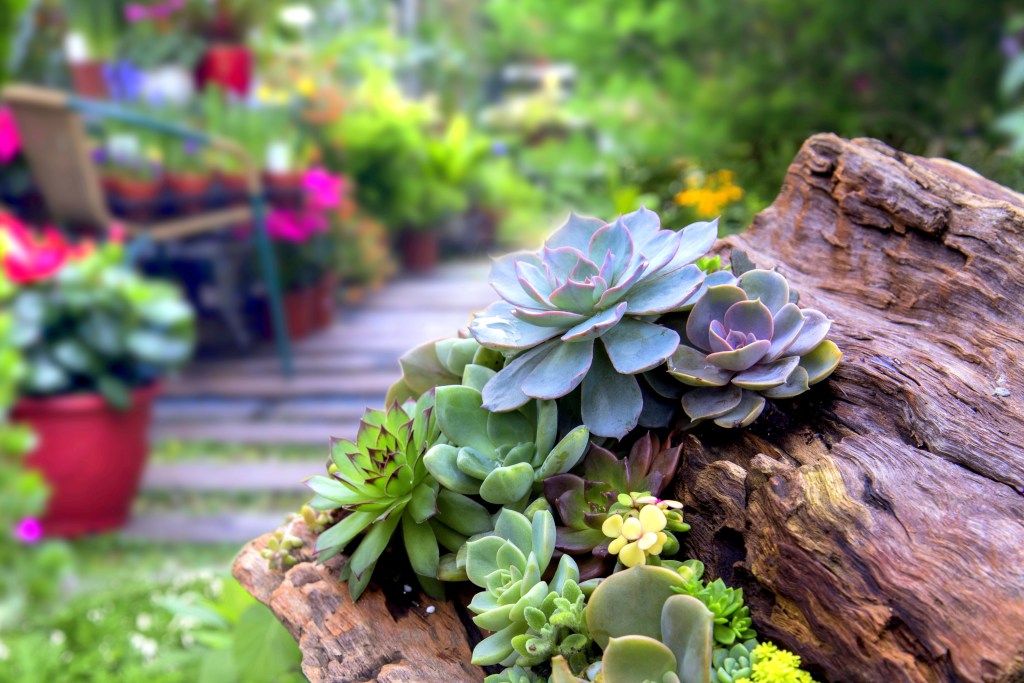
Flowers and foliage for climate zone 10
You can pretty much enjoy flowers and foliage throughout the year in zone 10, granted that you provide ample shade and water in the hot summer months. As many blooms do prefer cooler temperatures, you’ll have the best luck with heat-tolerant wildflowers native to zone 10. Perennial wildflowers that can thrive here include purple coneflowers, blue flax, common yarrow, and ox-eye daisy. Flowers such as geraniums, dahlias, and African lilies are well suited for this region, too.
To build a low-maintenance and water-smart setup, incorporate succulents into a zone 10 landscape. In addition to including hard succulents such as graptoveria and sempervivums, bring in soft, colorful succulents such as aeoniums and echeverias. These hardy plants can grow prolifically outside and don’t need much water until the hottest months of summer. Of course, cacti, agave, and aloe are great climate zone 10 plants, too.
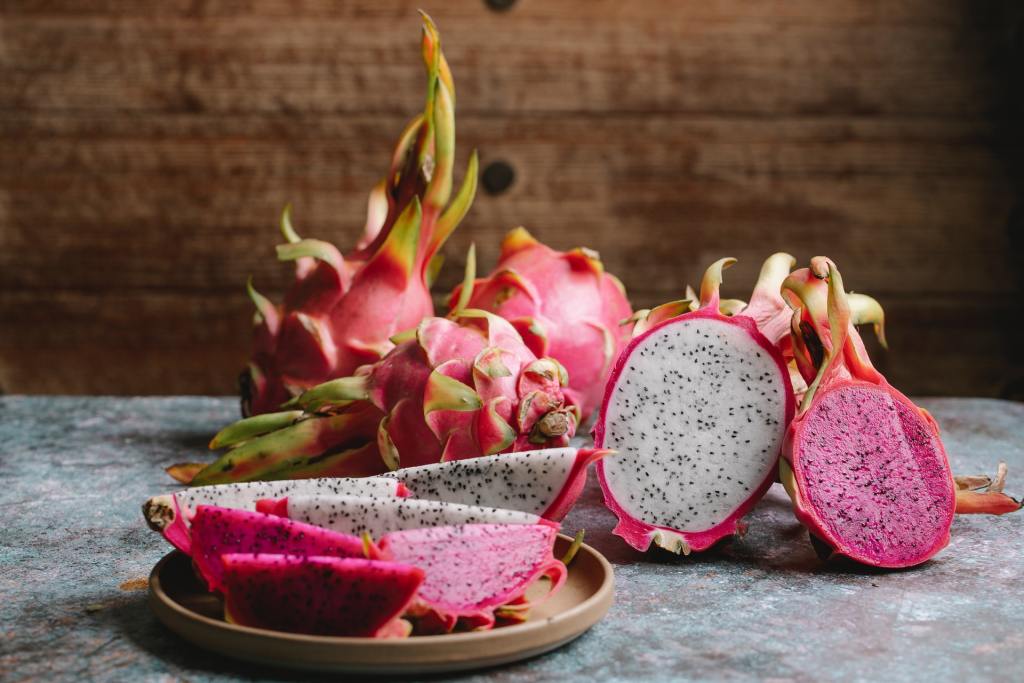
Fruits for climate zone 10
Most fruit trees can flourish in zone 10 unless they need a long chill requirement to produce blooms and fruits — for example, varieties of plums that require up to 800 hours of chilling won’t do well in zone 10. If you’re looking for something beyond your peach and citrus trees, consider tropical fruits. For a delicious and unique harvest, jackfruit, dragonfruit, mango, and papaya can do quite well in zone 10.
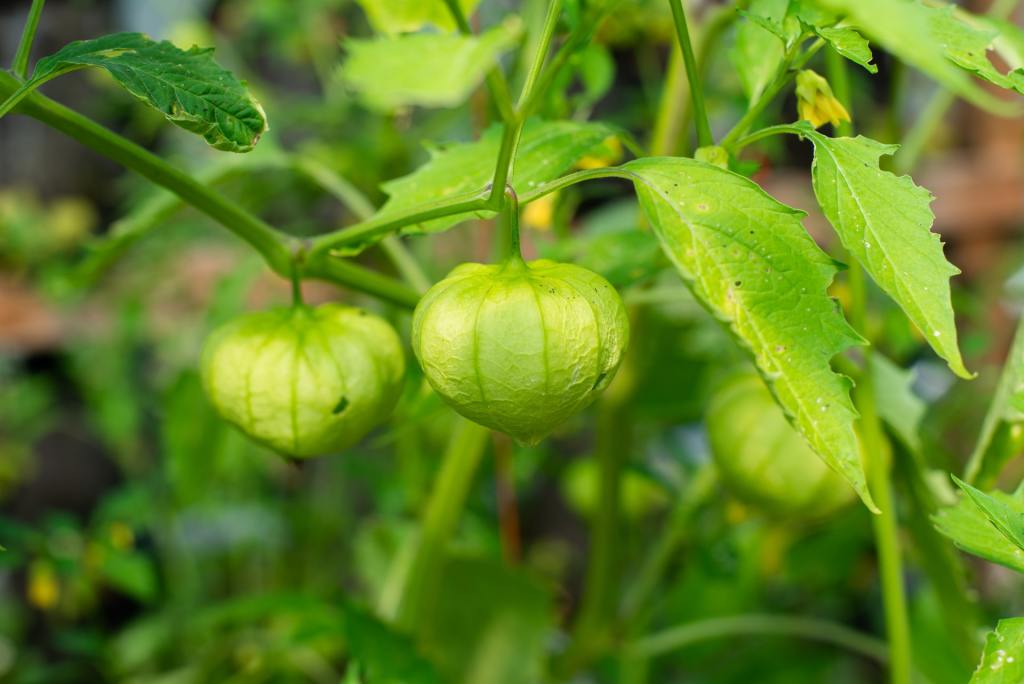
When to start seeds in climate zone 10
For climate zone 10, you can usually start seeds indoors in February and bring seedlings out in March or earlier. Typically, the frost period lasts a short time, roughly around December through the end of February. Some winters may experience little to no freeze at all. After your first round of veggies, you can start the second round in mid or late summer as well — just be mindful of giving your plants shade and water.
When it comes to choosing veggies to grow during the hotter months, consider hardier plants such as tomatillos and Malabar spinach. Herbs such as curry leaf and Mexican tarragon can also withstand intense zone 10 growing seasons.
Greens that love cool temperatures won’t necessarily thrive in zone 10 until you reach the coldest months of the year. For your cabbages, leafy greens, and other tender plants, start seeds in late fall or winter for the best results. Because temperatures rarely dip below freezing in zone 10, you’ll probably be able to get away without installing any form of frost protection.
Growing plants in zone 10 can come with a specific set of challenges as you try to keep your plants cool throughout the summer. That said, this region can be rewarding for gardeners, as you can harvest your fruits and veggies multiple times throughout the year. Additionally, you’ll be lucky enough to incorporate heat-loving tropical fruits into your garden, too. With measures put in place to protect plants from the heat, you can truly grow beautiful foliage, flowers, and edibles all year long in zone 10.

